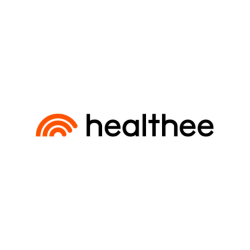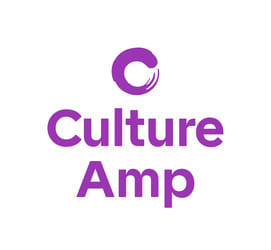"Pumpspotting started on the dirty floor of an airport bathroom," Leila Zayed, senior director of corporate strategy at breastfeeding app Pumpspotting, told HR Dive. Founder and CEO of the company Amy VanHaren was huddling on the floor, pumping breast milk, when she realized what a gap in support there was for breastfeeding, working parents. "After a long flight on a work trip, away from her baby, she was thinking, 'There's just got to be a better way,'" Zayed said.
Pumpspotting, meant to help parents connect and cooperatively navigate the often isolating and challenging time of breastfeeding, is one of the many parenting and lifestyle apps that has cropped up in recent years and strategically built in an employer-benefit component. The app provides employers "a turn-key family benefits offering that keeps your working parents engaged, feeding and on the job," according to the website.
The company joins apps like Cleo, Helpr, Carrot and Ovia Health, which aim to ease the burden of working parents by connecting them with resources and supportive professionals. Offering such benefits can often be an easy lift for employers, as simple as paying an annual fee and providing a link for staff members to sign up. It can also help companies signal their awareness of and care for the non-work demands of their employees' lives.
Breastfeeding (or chestfeeding, for parents who are transgender) has proven benefits for babies, but it can be physically demanding. On average, Zayed said, nursing or pumping is required every two hours. It can necessitate leaving a meeting or other company event to find a private place, making the experience isolating. Pumping can take around 20 minutes per session; if a dedicated pumping room or private space isn't conveniently available, it can add even more time to an employee's day.
Nursing parents also often feel insufficiently supported by their employers. A study commissioned by breastfeeding equipment company Aeroflow Breastpumps found that while three-quarters of responding mothers planned to breastfeed after returning to work, 49% were concerned that breastfeeding at work could impact their career growth and 47% said the need to breast pump has made them consider a career change.
The results are reminiscent of what Ovia Health told HR Dive earlier this month: Many employees make the decision of whether to stay or leave their place of employment when beginning a family. Employers who show support and help employees continue to feel integrated and welcome during this time can stand out.
Pumpspotting's employer-sponsored app gives users access to a community of breastfeeding and chestfeeding parents (both globally and, if preferred, companywide), provides a map of nearby locations to feed and provides access to lactation consultants and other experts, among other benefits. For employers, the app comes with resources to help them set up a premium lactation space and develop a workplace milk expression policy.
The app also offers "premium" and "luminary" levels, which give employers access to more features. The Maine Bureau of Human Resources recently announced a partnership with Pumpspotting at the luminary level, which Zayed said will allow Maine to establish a model of support for state and federal governments and will result in potentially useful data, with the help of researchers at the University of Wisconsin at Madison, who will follow the project.
Through the partnership, Maine will offer Pumpspotting to more than 11,000 employees and extend new lactation support benefits to an additional 20,000 employees of state-affiliated agencies, Zayed said. The benefits will also be available to their employees' partners and spouses.
In addition to working with companies individually, Pumpspotting hopes to change the culture around breastfeeding and pumping at work by creating a coalition of companies "that are committed to empowering women by enabling parents to achieve breastfeeding goals," Zayed told HR Dive. The group, called the Pumpspotting Guild, is designed to help halt the "mass exodus" of women and other caregivers from the workforce — an issue exacerbated by the pandemic, though not started by it.
Right now, Zayed said, around nine million members of the workforce are breastfeeding. While that equates to only half a percent, it's important to remember that "most women become mothers, and most mothers try to breastfeed," she said. "If the equity of your [female] employees is important to you as an organization, supporting your breastfeeding workers is absolutely a means to achieving that goal."






















